A New Era in Cataract Treatment
Stewart LASIK offers cataract patients the same laser technology that brought new levels of safety, accuracy and predictability to LASIK flap creation. Dr. Stewart calls this procedure 'Refractive Laser-Assisted Cataract Surgery' (ReLACS), but it is also generally known as 'laser cataract surgery'. To learn more about laser cataract surgery, review the information below or contact Stewart LASIK to discuss the best treatment plan for you or your patient.
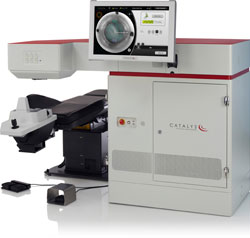
Laser Cataract Surgery
Better Accuracy. Better Healing.
Traditional cataract surgery is one of the most frequently performed surgeries and also one of the most safe and effective, with predictable outcomes. It is highly dependent on surgeon skill, volume and experience.
In traditional cataract surgery, the eye surgeon uses a hand-held metal or diamond blade to create an incision in the area where the sclera meets the cornea. The goal in creating this incision is to go a partial depth vertically, then go horizontally in the cornea about 2.5 mm and then enter into the eye. Then the surgeon can break up and remove the cataract, which is located right behind the pupil. Next an intraocular lens (IOL) is inserted and implanted, to replace the cloudy natural lens.
The reason cataract incisions are created in a two- or three-plane fashion is so they will self-seal when surgery is complete, allowing for a no-stitch approach.
With the laser approach to cataract surgery, the surgeon creates a precise surgical plan with a sophisticated 3-D image of the eye called an OCT (optical coherence tomography). The goal is to create an incision with a specific location, depth and length in all planes, and with the OCT image and a femtosecond laser, it can be performed exactly without the variable of surgeon experience.
Optical coherence tomography is an imaging technology that helps your cataract surgeon to plan the location and depth of incisions made during a laser-assisted cataract surgery procedure. OCT scans offer high-resolution and even cross-sectional images, to make the cataract surgery as precise as possible.
This is important not only for accuracy but also for increasing the likelihood that the incision will be self-sealing at the end of the procedure, which reduces the risk of infection.
Better Centering of the IOL
The eye's natural lens is surrounded by a capsule that is very thin and very clear. In cataract surgery the front portion of the capsule is removed in a step called the capsulotomy, to gain access to the cataract.
It is important that this capsule not be damaged during the cataract surgery, because it must hold the artificial lens implant in place for the rest of the patient's life.
In traditional cataract surgery, the surgeon creates an opening in the capsule with a small needle and then uses that same needle or a forceps to tear the capsule in a circular fashion.
The opening should be a continuous tear that is 5 to 6 mm in diameter and well-centered for optimal implant fit. Studies have already shown that this very important capsulotomy step works better with the laser in terms of accuracy and reproducibility.
Studies have also shown that laser capsulotomies enable better centering of the intraocular lens (IOL), and IOL positioning is a significant factor in determining final visual outcomes.
Reduced Capsule Breakage
After the capsulotomy, the surgeon now has access to the cataract to remove it. In traditional cataract surgery, the ultrasonic device that breaks up the cataract is inserted into the incision. During this phacoemulsification procedure, the ultrasound energy can lead to heat buildup in the incision, which sometimes can burn the incision and negatively affect the visual outcome by actually inducing astigmatism.
An incision burn also has a higher chance of leaking and sometimes needs multiple sutures to close. The smaller the incision we use, the more this issue is important to consider.
The laser, on the other hand, softens the cataract as it breaks it up. By breaking up the cataract into smaller, softer pieces, less energy should be needed to remove the cataract, so there should be less chance of burning and distorting the incision.
Using the laser should also result in less chance of capsule breakage. After the calculation of the proper implant power, there is no step more important for visual outcome than preservation of the capsule that the natural lens sat in. This capsule is as thin as cellophane wrap and is important to leave undamaged so that it can hold the artificial lens implant in the proper position for the best ability to focus.
The reduced energy of the laser may also make the procedure safer to the inner eye, which reduces the chance of certain complications, such as a detached retina.
Investing In Your Vision
Refractive laser-assisted cataract surgery costs more than conventional options. The laser itself costs the surgeon $300,000-$500,000. Extra costs associated with refractive laser cataract surgery are unlikely to be covered by Medicare or private health insurance. Fees vary from one cataract surgeon to another, but it is likely you would pay a few hundred dollars extra per eye out-of-pocket for a laser-assisted procedure.
Cataract surgeons who use lasers say that their advantages are especially evident when it comes to high-tech, premium implants such as presbyopia-correcting multifocal IOLs and accommodating IOLs. The advantages can include better lens placement and therefore more accurate visual outcomes.
LenSx Femtosecond Laser System
This LenSx femtosecond laser system has laser data entry at left, a joy stick control and an OCT screen at right, which offers the surgeon all-important guidance during laser-assisted cataract procedures.
Principal laser-based surgical systems that are either FDA-approved or still in development for laser cataract surgery:
- LenSx - The LenSx (Alcon) was the first femtosecond laser system to receive FDA approvals for cataract procedures. The approvals involve three aspects of cataract surgery: creating the anterior capsulotomy that involves making a circular incision within the eye, fragmenting the cataract and making laser incisions on the corneal plane.
- LensAR - The LensAR Laser System (LensAR, Inc.) so far has FDA approval for creating an anterior capsulotomy and laser-based lens fragmentation within the eye.
- Catalys - The Catalys Precision Laser System (OptiMedica) also has FDA approval for capsulotomy and lens fragmentation.
- iFS - Abbott Medical Optics received FDA approval for its iFS Femtosecond Laser to create bow-shaped or curved arcuate incisions in cataract surgery. The device had already been used for several years to create the flap in all-laser LASIK.
- Victus - The Victus Femtosecond Laser Platform (Technolas Perfect Vision in partnership with Bausch + Lomb) was launched in Europe in September 2011 and received FDA approval in August 2012. The Victus is a multiple-use femtosecond laser system and is cleared for anterior capsulotomy during cataract surgery and corneal flap creation during LASIK surgery or other treatment requiring initial lamellar resection.
- Femto LDV Z6 - This device by Ziemer Group has received FDA approval for certain eye surgeries, but not yet for laser cataract surgery.
It is important to put this new technology into proper perspective. Traditional cataract surgery is very effective and successful. People who do not want to invest out-of-pocket money in laser cataract surgery can still feel confident about the traditional approach. But for those who want the best possible vision, the laser approach is appealing. A more accurate incision, capsulotomy and astigmatic correction will help to achieve their goal of less dependence on glasses after cataract surgery.
Keep in mind that even though the early results of laser cataract surgery are promising, this is newer technology that deserves in-depth research and discussion with your doctor so that you can make the best possible decision for your situation.
Astigmatic Keratotomy
Especially with advanced intraocular lenses that provide good vision without glasses after cataract surgery, it is important that the surgery results in minimal astigmatism. Examples of these advanced lenses are presbyopia-correcting multifocal IOLs and accommodating IOLs.
Because astigmatism involves the cornea being more curved in one axis than the other (like a football shape), incisions can be used in the more curved axis to reduce the astigmatism so the cornea has a rounder shape (like a basketball). The procedure is called astigmatic keratotomy or AK.
Surgeons perform AK free-hand with a diamond blade, and it is quite effective in reducing astigmatism. During refractive laser-assisted cataract surgery, the OCT image can be used to plan the AK incisions in a very precise location, length and depth, and then the laser accurately creates them. Since the laser minimizes the variables involved, the AK procedure becomes more accurate and reproducible.
Making Eye Care Personal
Providing you with a caring, comfortable experience and excellent vision correction results is very important to everyone at Stewart Cataract. We want you to be completely happy with your decidsion to trust us with your vision.
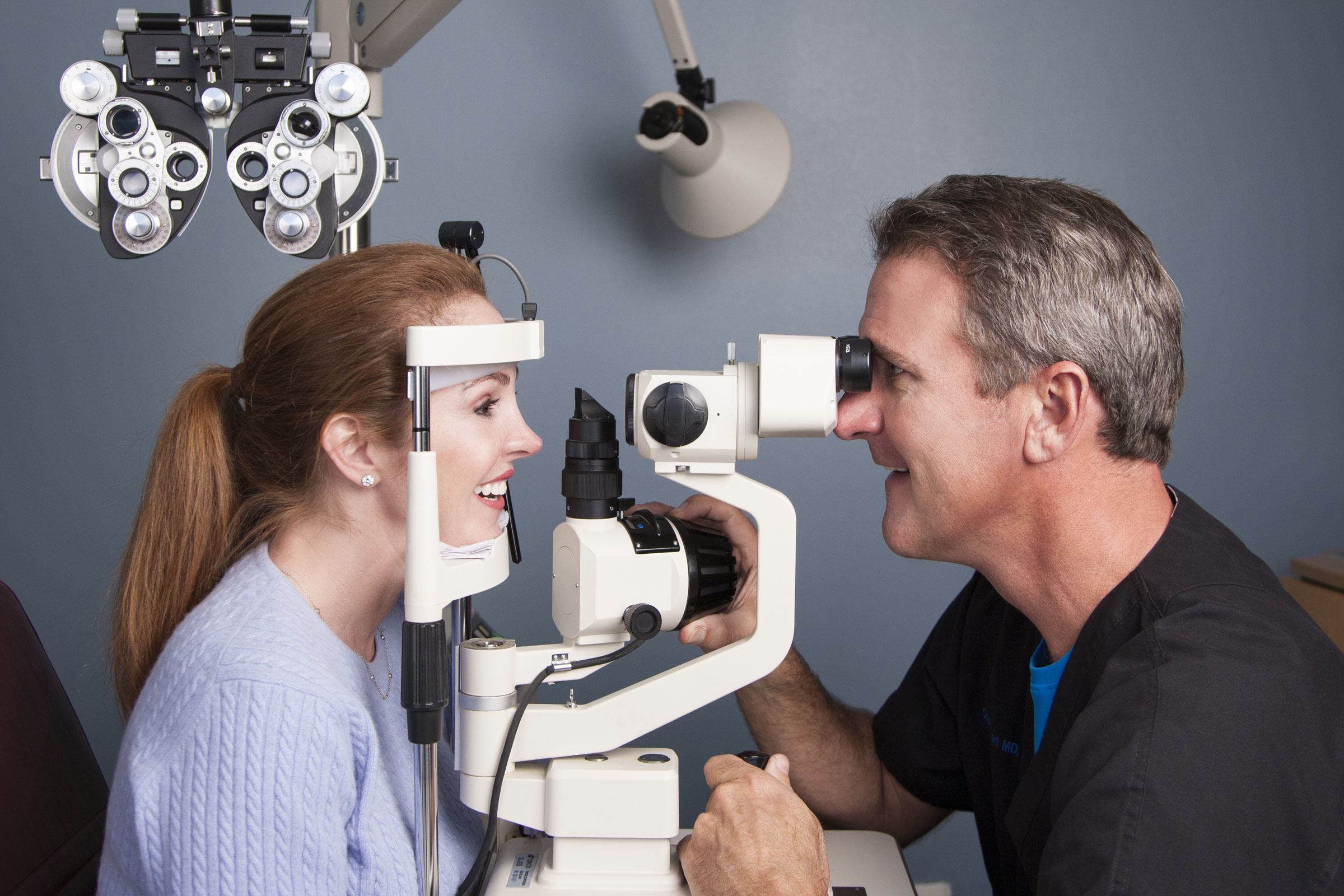
Personal Care
We believe care is not something you ‘provide’; it’s something you ‘feel’. Caring drives us to be our best. It compels us to provide you with clear answers, focused skill, finest technology and best results possible.
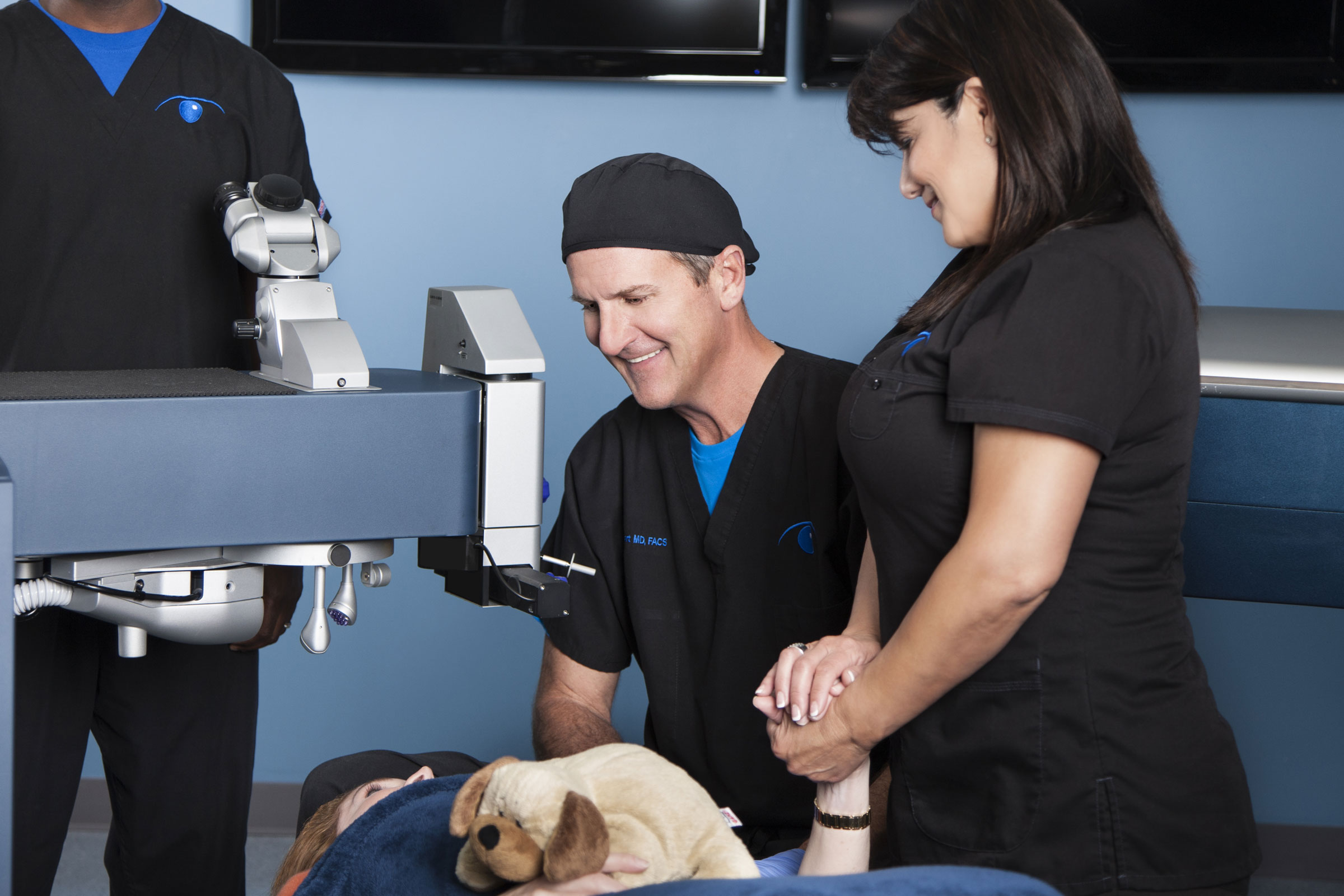
Personal Experience
With two decades of experience, Dr. Stewart understands eye surgery is a big decision. He not only works to develop a personalized treatment for your cataract treatment, he also supervises your entire experience.
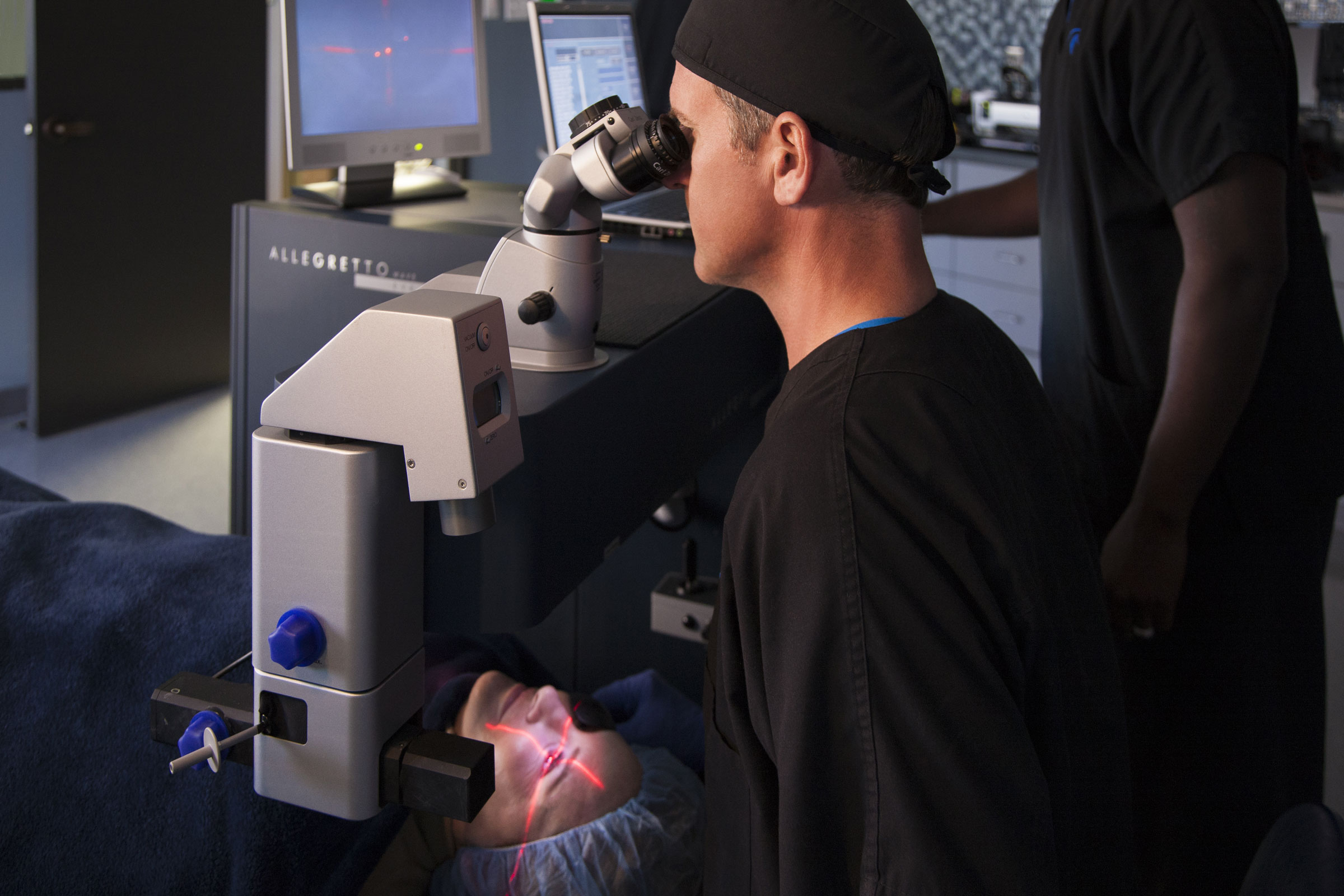
Personal Skill
It takes more than high tech lasers and computers to perform laser cataract surgery. It takes the honed skill of a surgeon who has not only mastered his tools and techniques; he also knows your eyes unique needs.
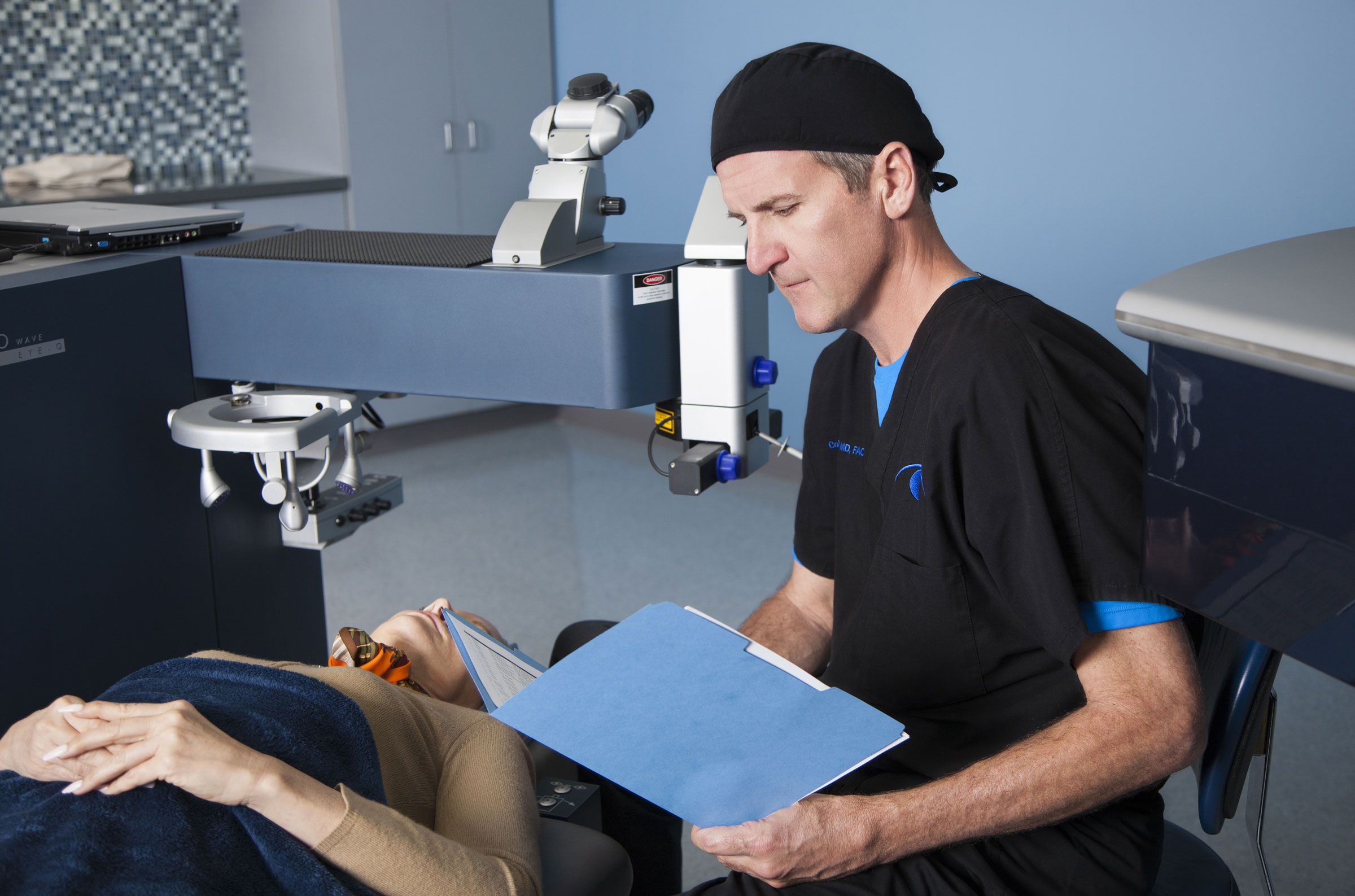
Personal Investment
For over 20 years, Dr. Stewart has provided the industry's finest technology to his patients. Dr. Stewart was one of the first refractive surgeons to adopt the femtosecond laser technology for cataract removal.
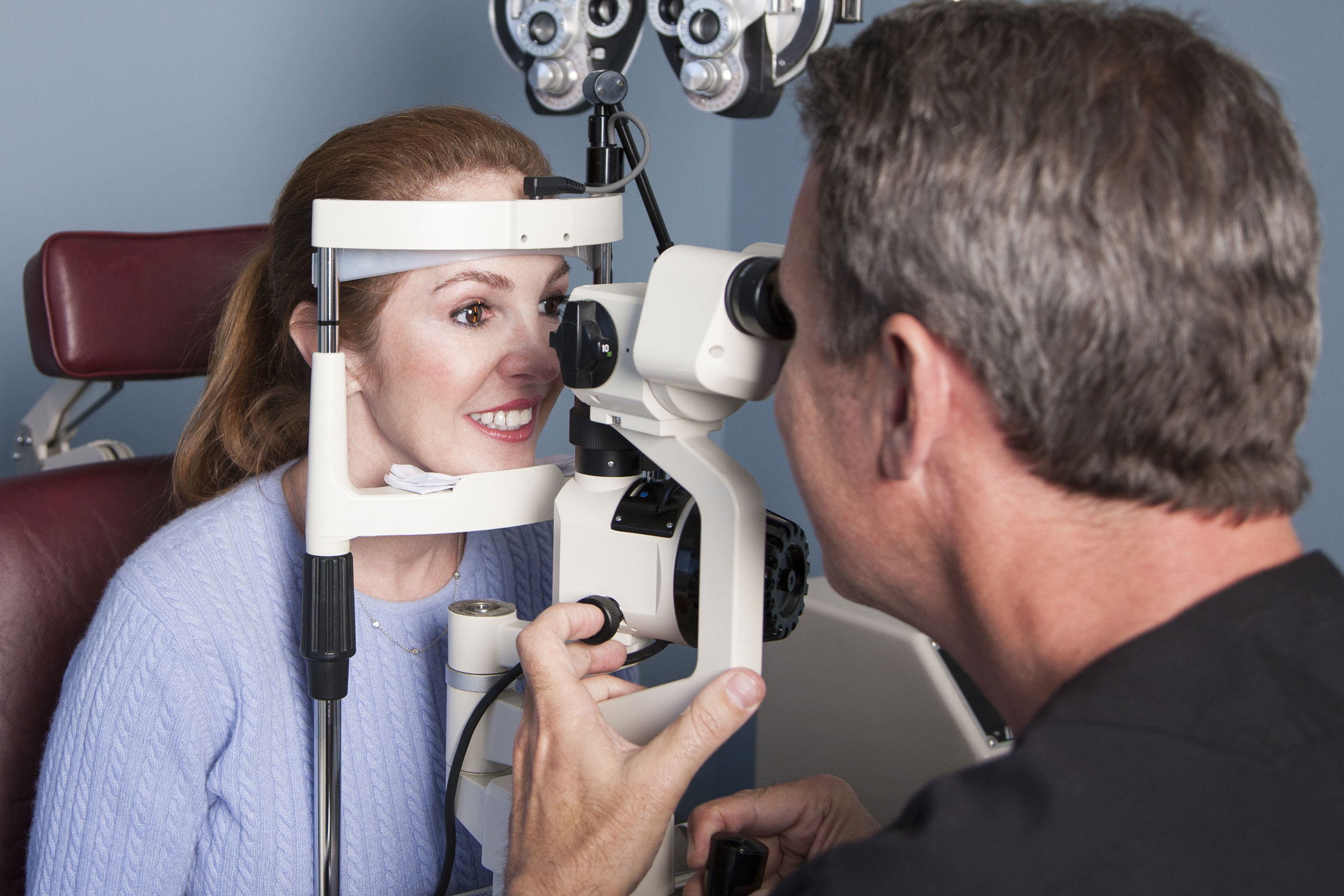
Personal Treatment
Your eyes are unique. Your lifestyle is unique. Why shouldn't your LASIK treatment be as unique, too? That’s exactly why Stewart Cataract takes a fully personalized approach to your vision correction.
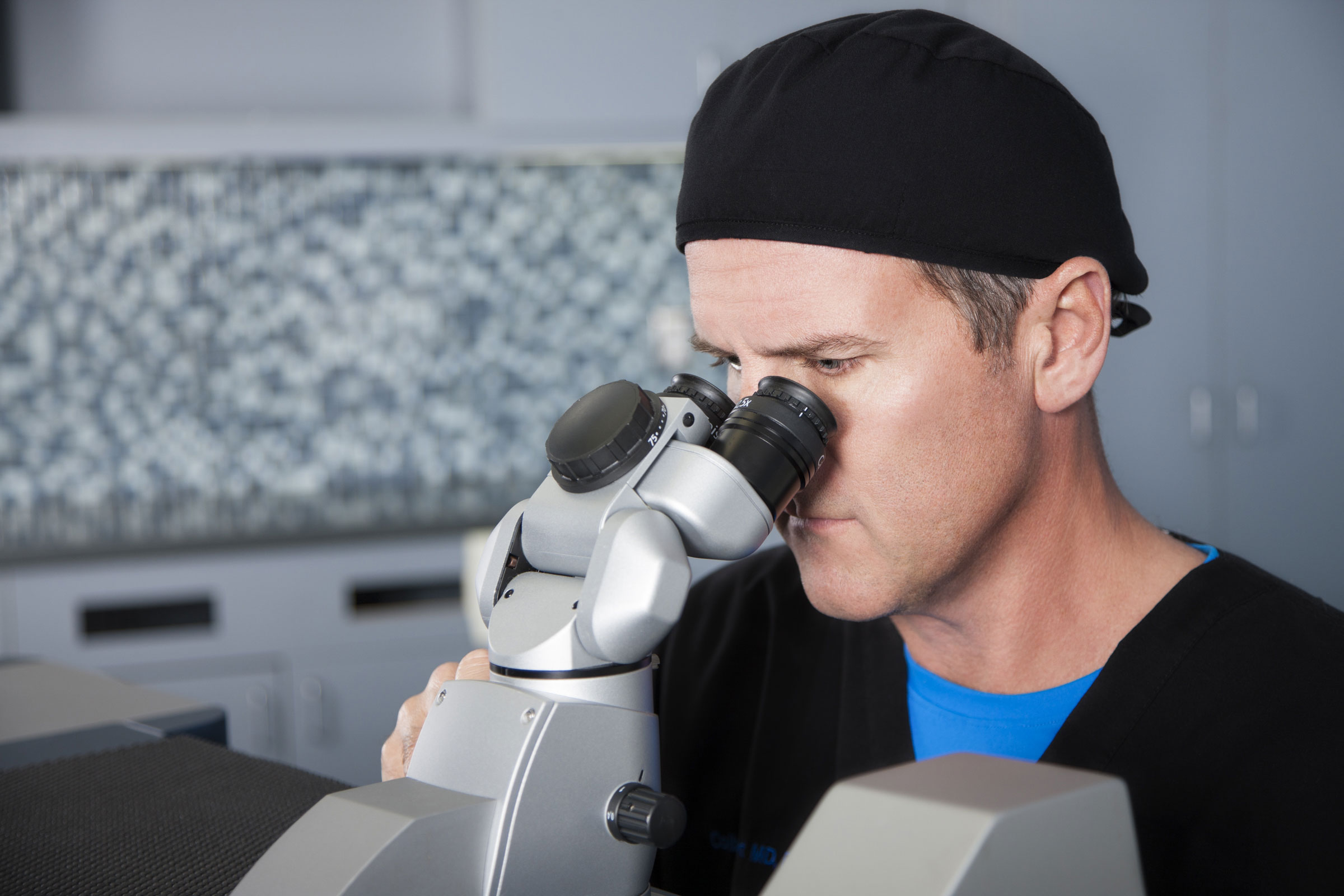
Personal Commitment
Your eyes are priceless. No one understands this more than Dr. Stewart and the Stewart Cataract team. Since 1996, we have been providing unmatched vision results for some of the most demanding patients.



